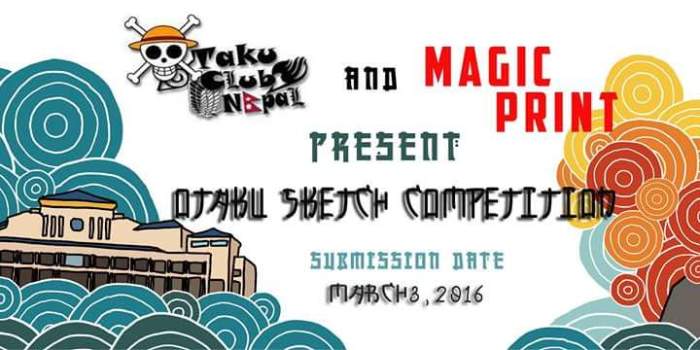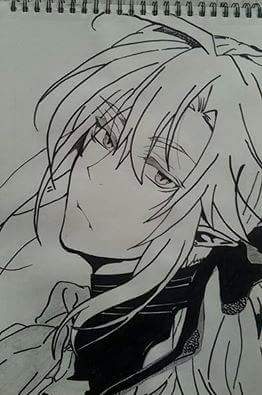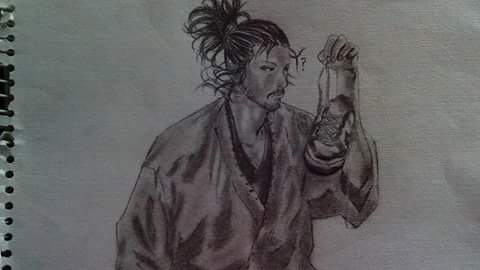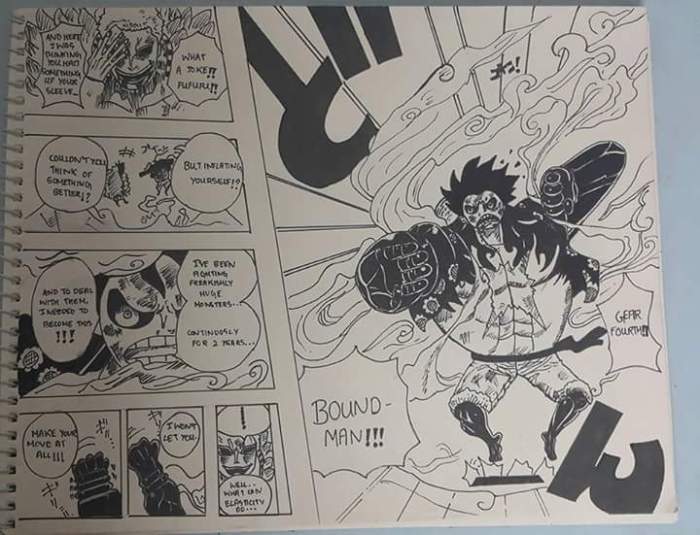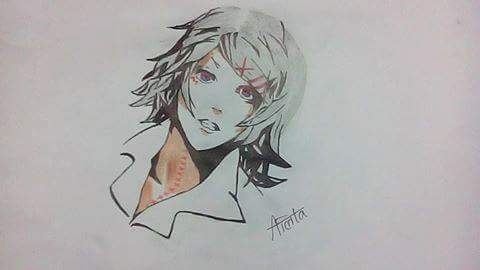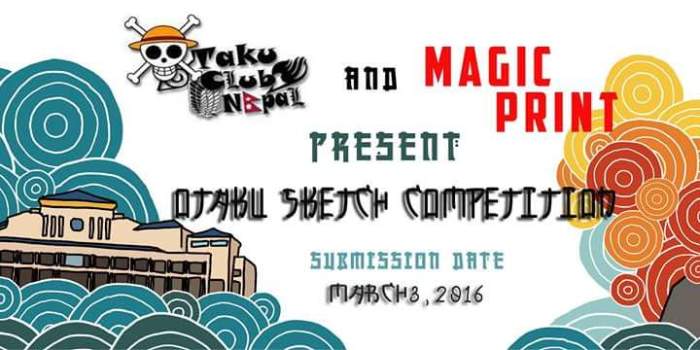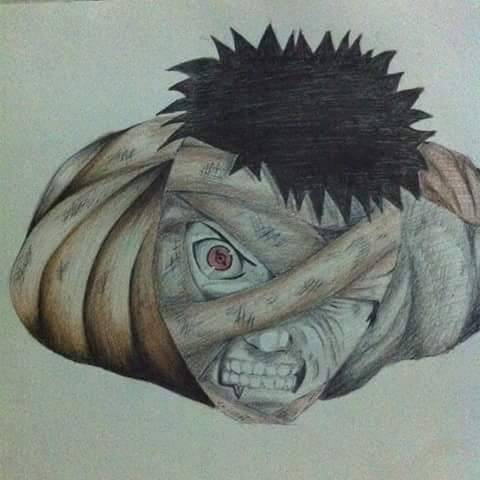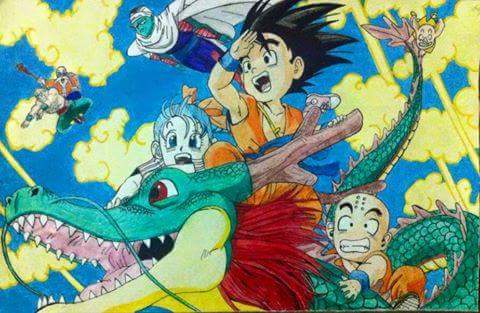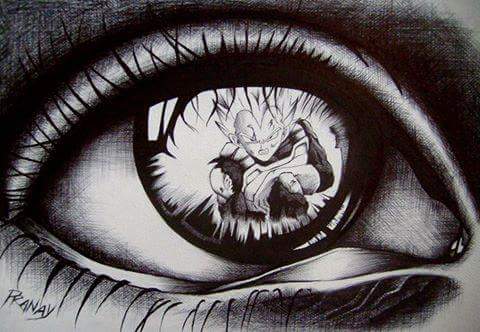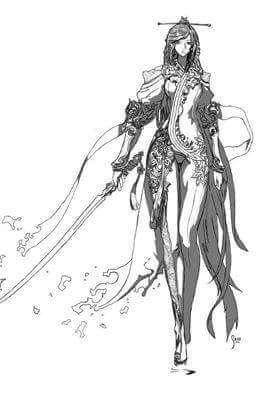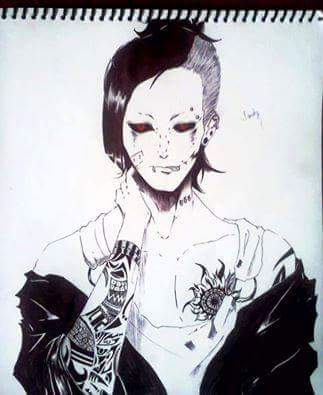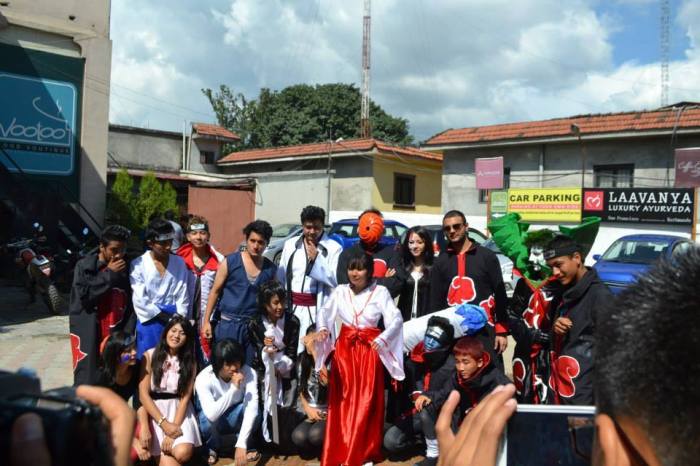
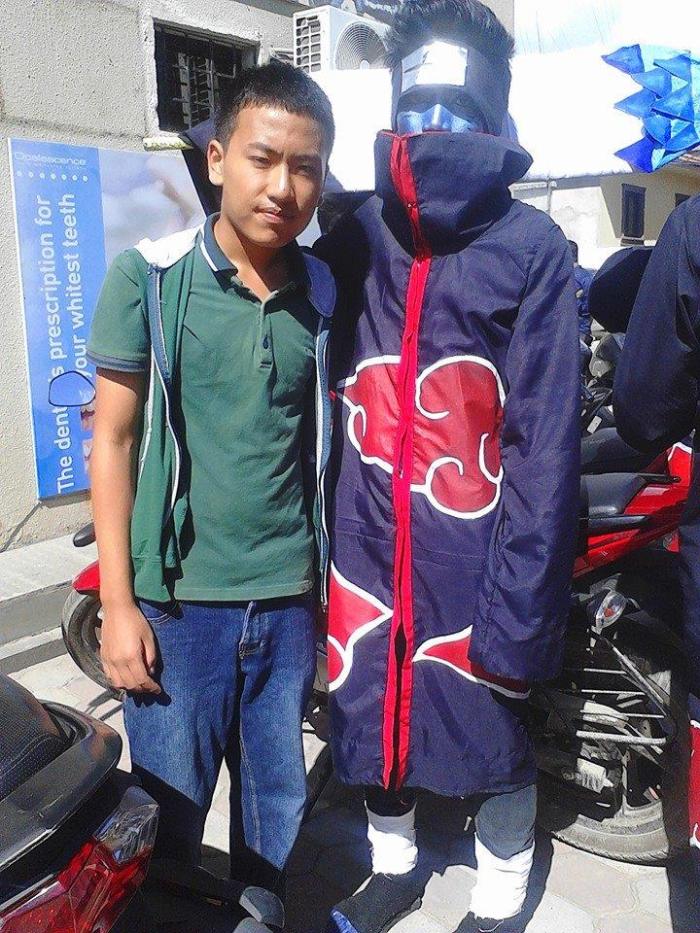
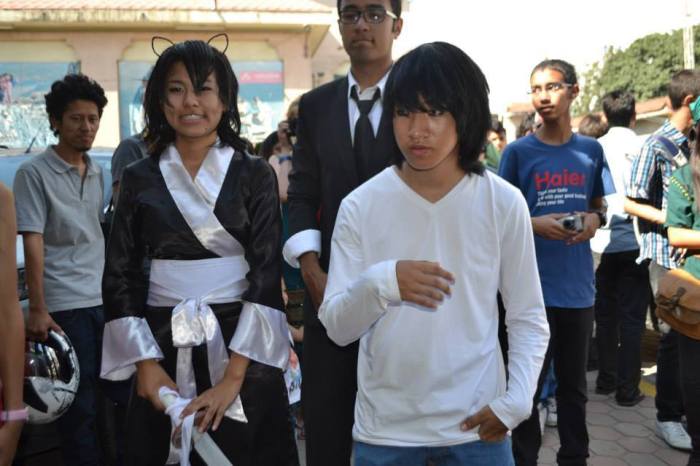






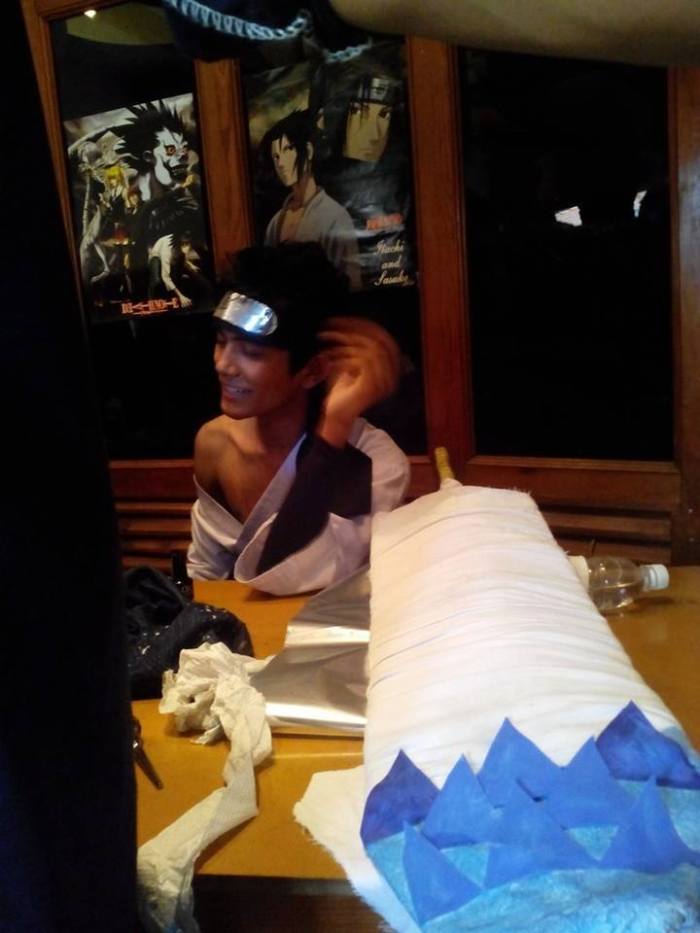
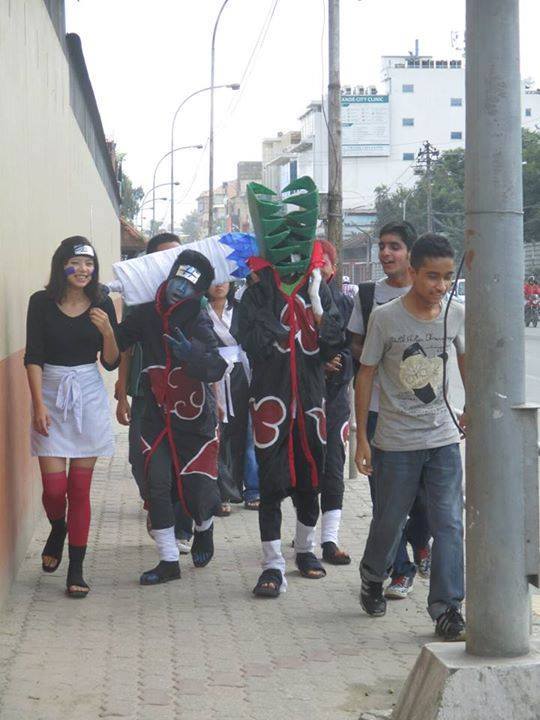
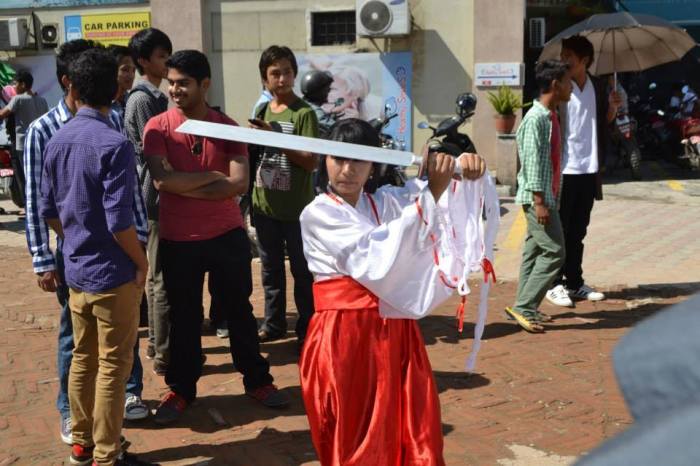
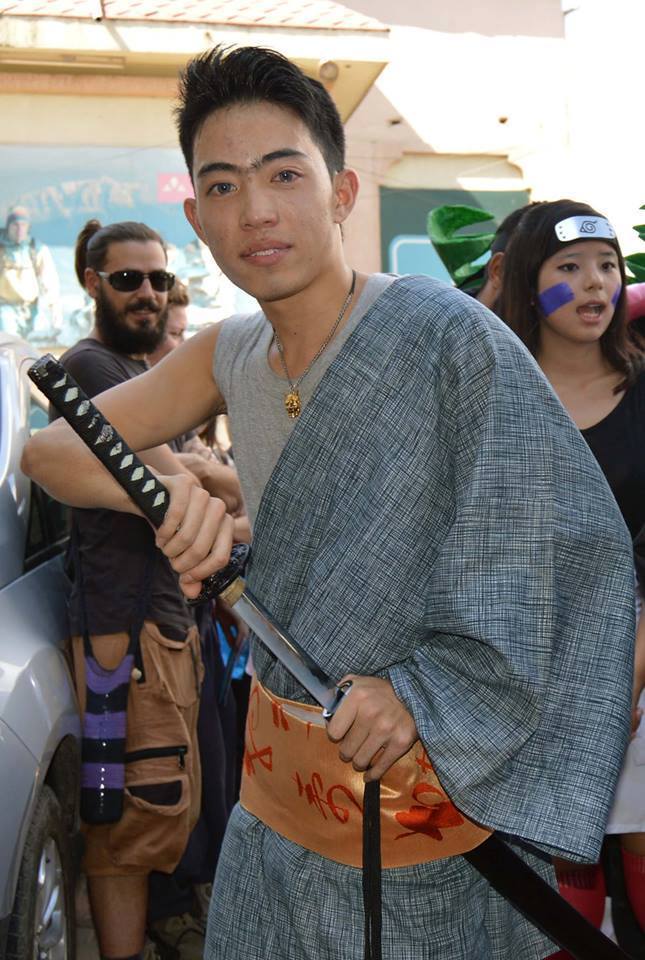
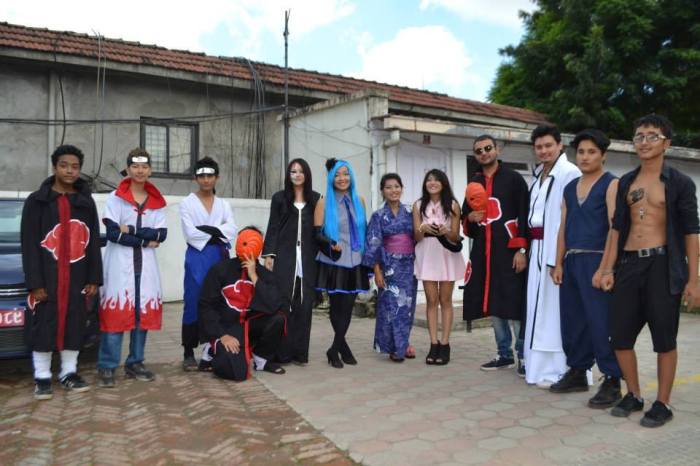
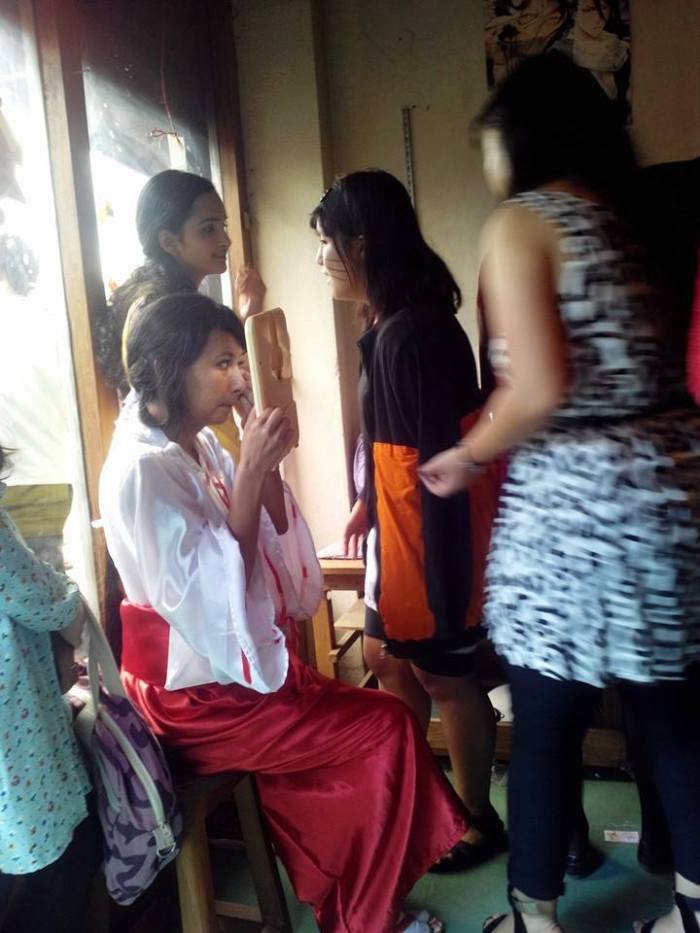
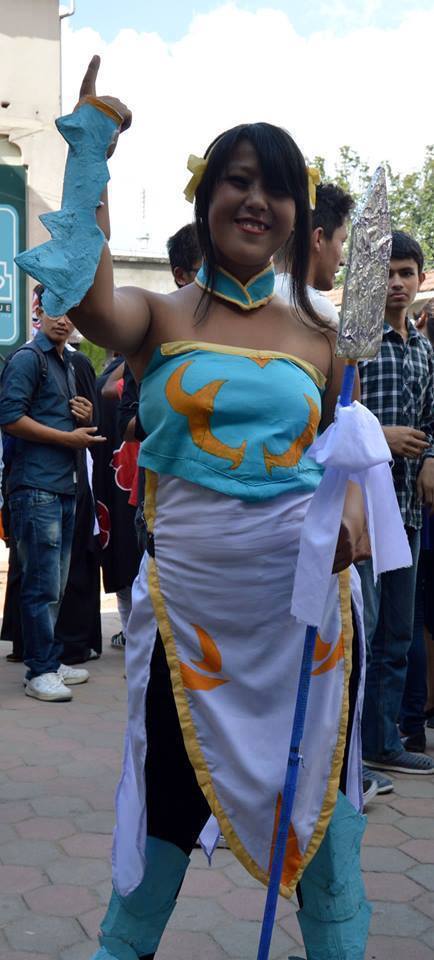

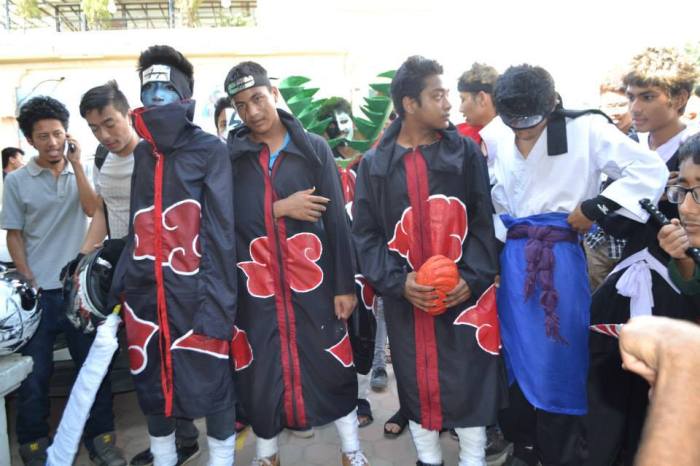

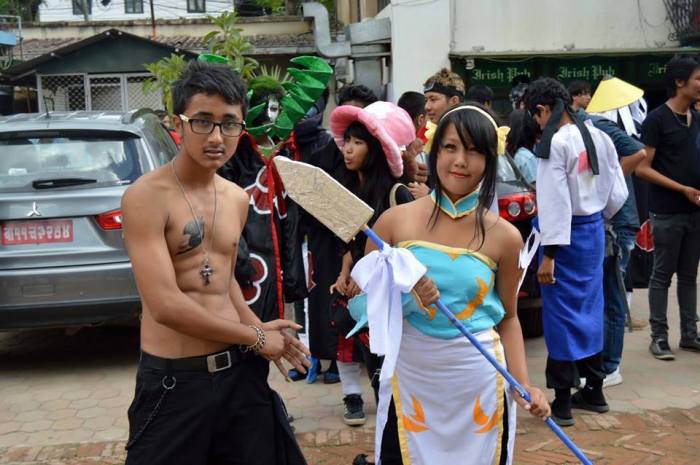

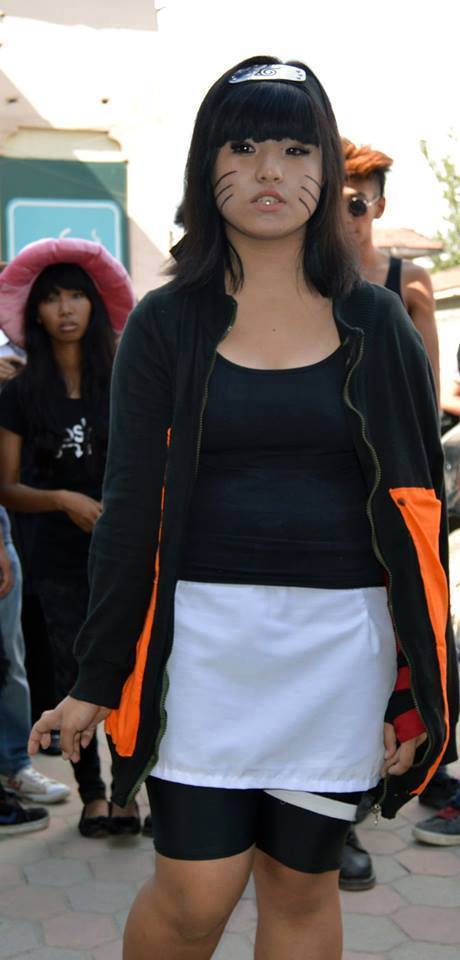


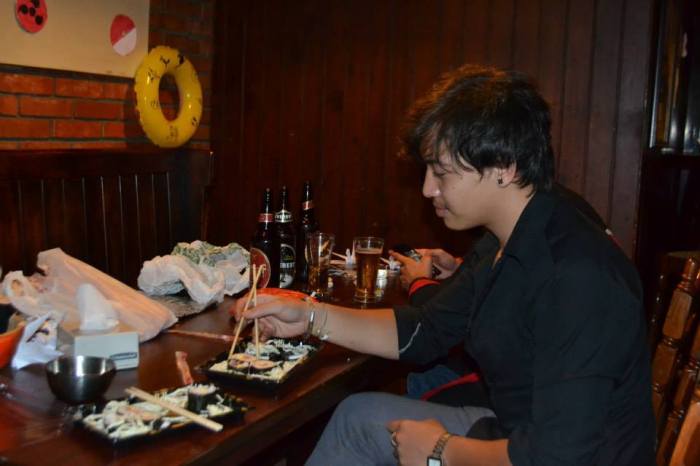

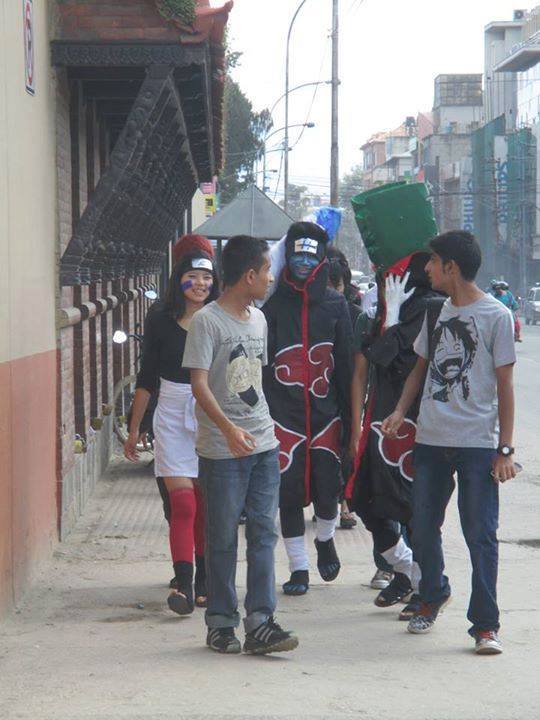
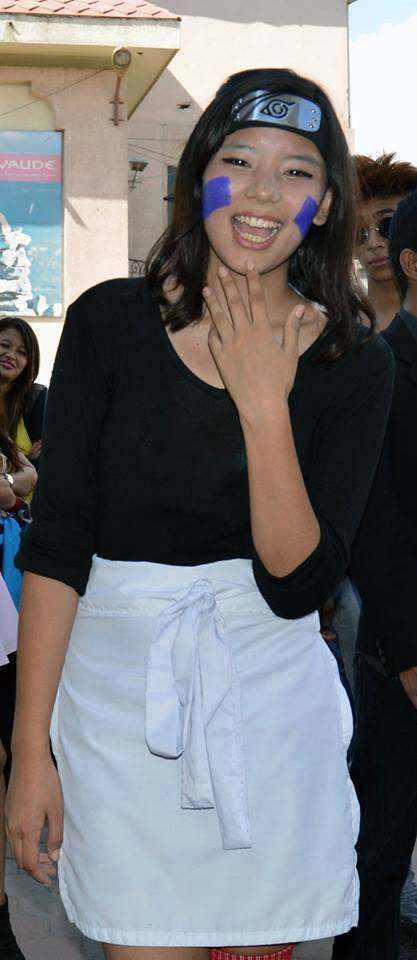

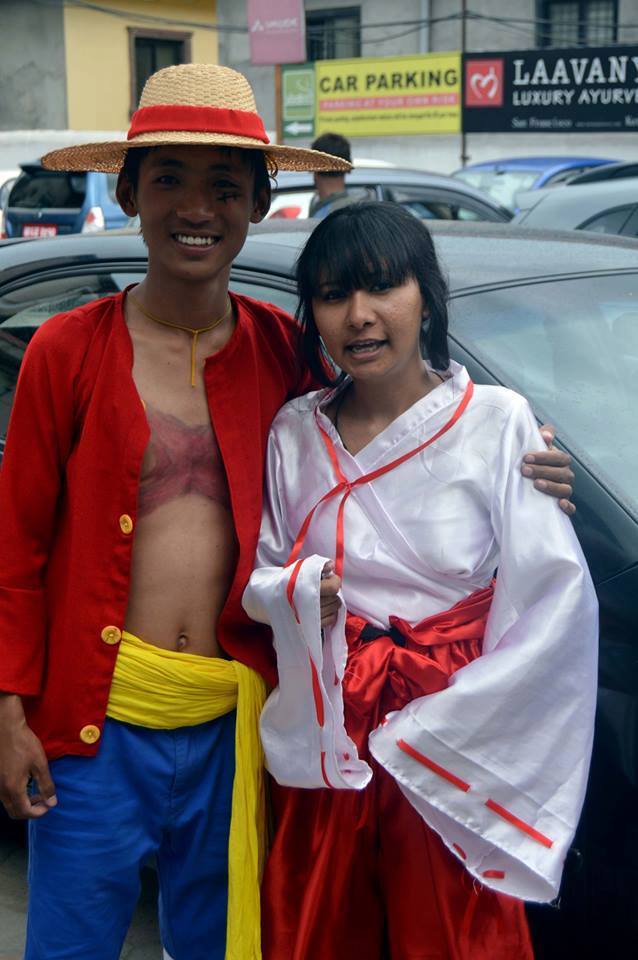
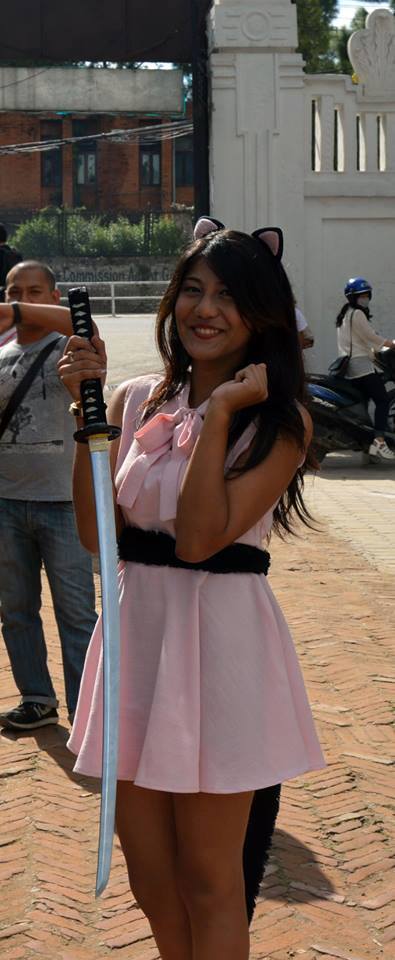
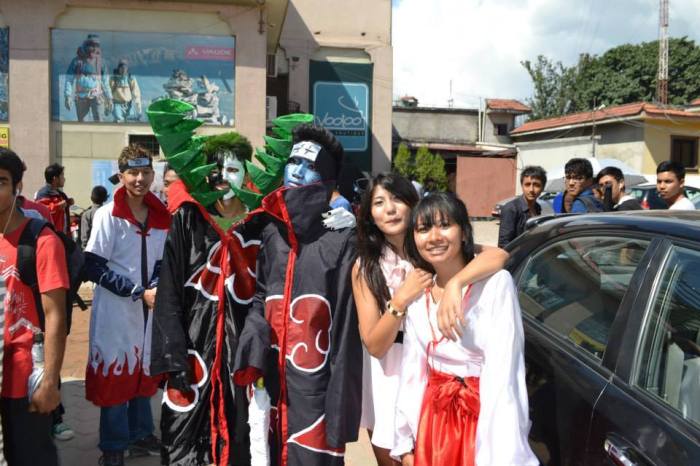
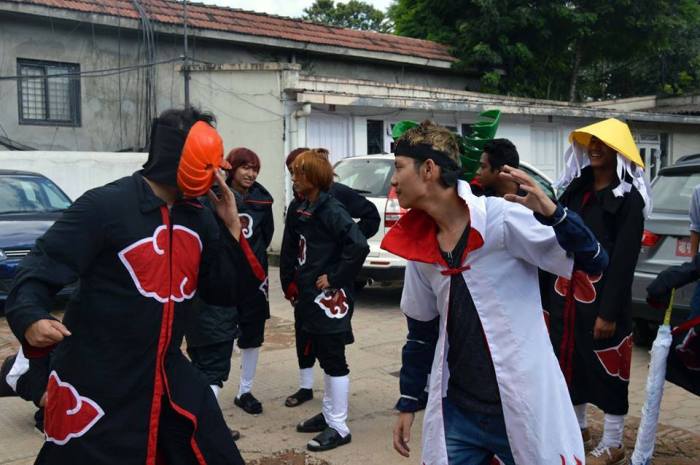
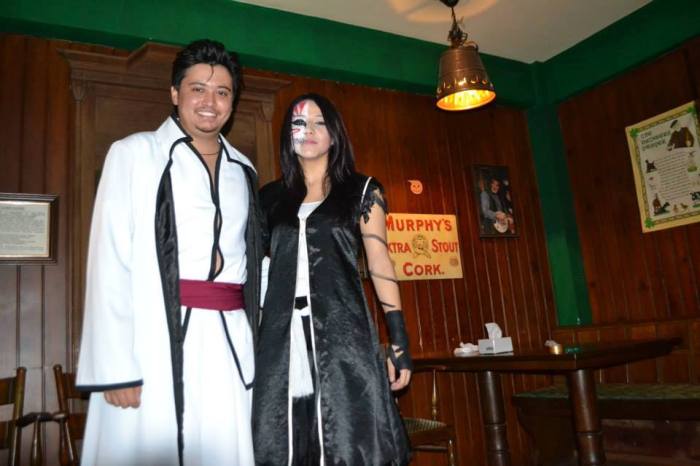
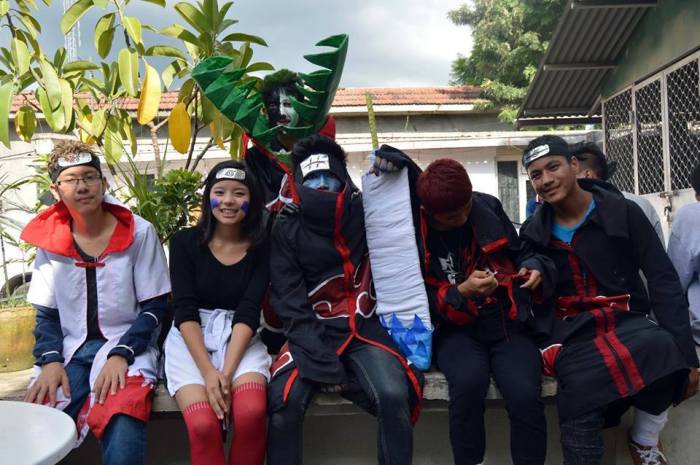

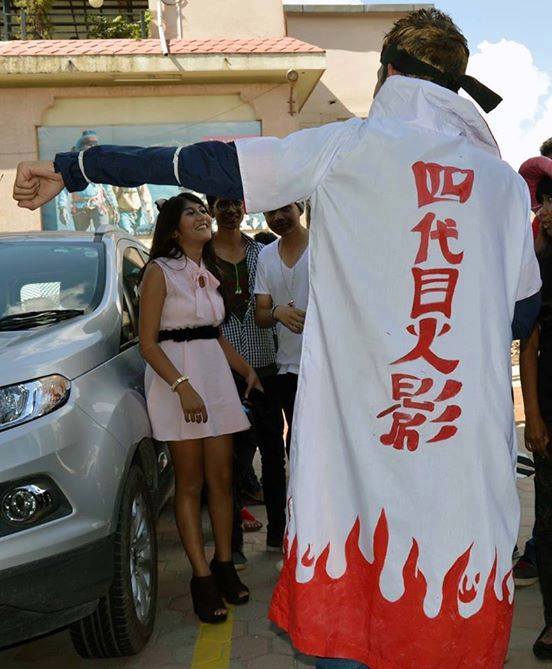
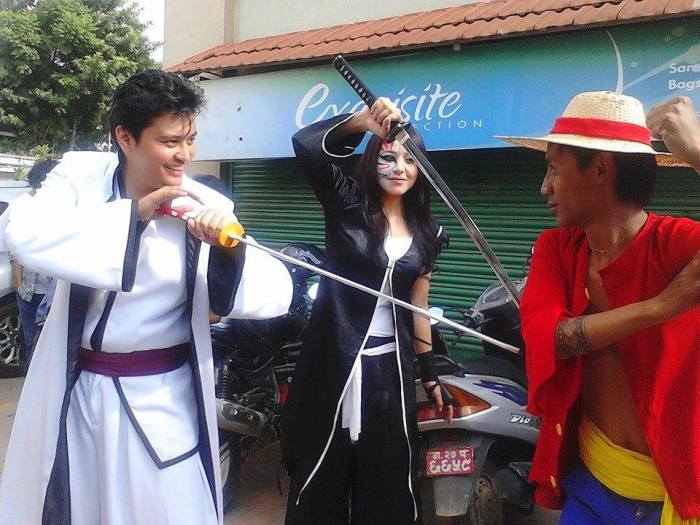
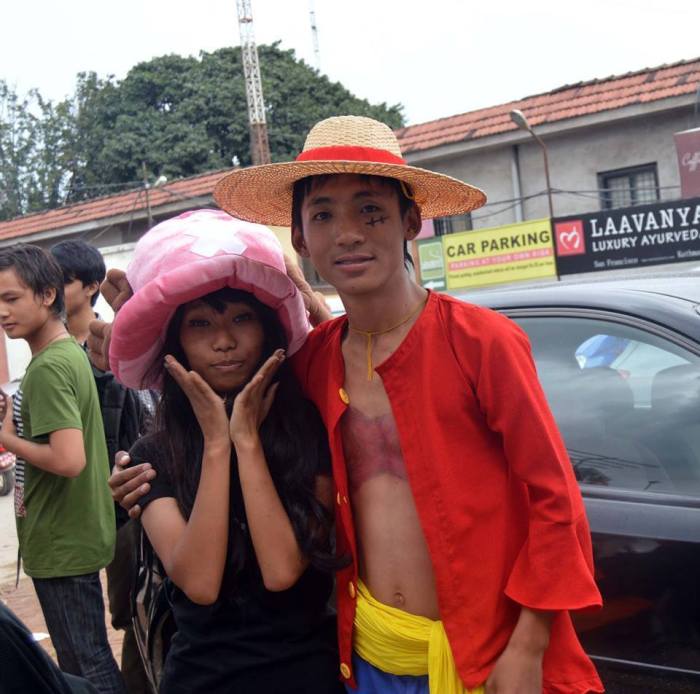
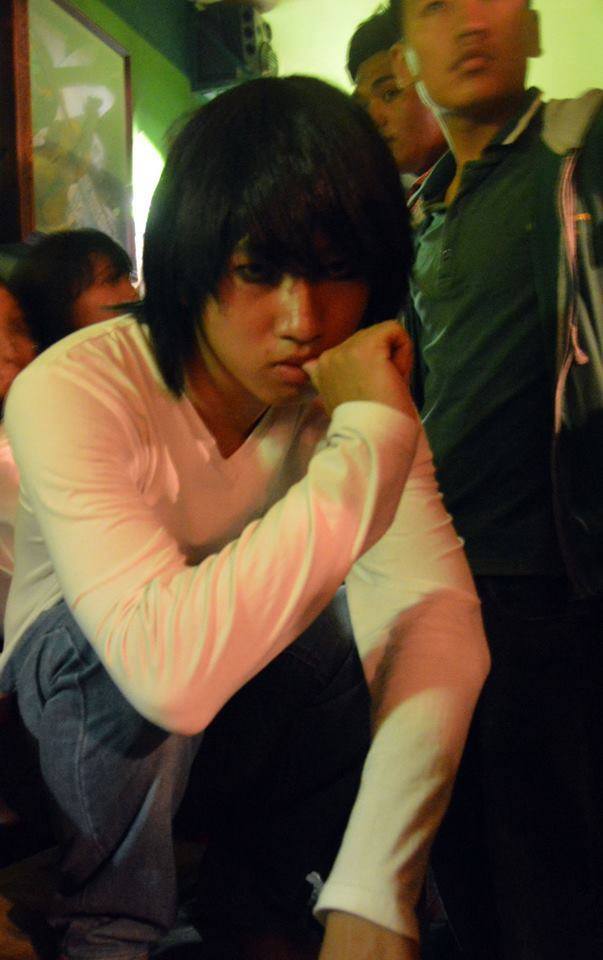
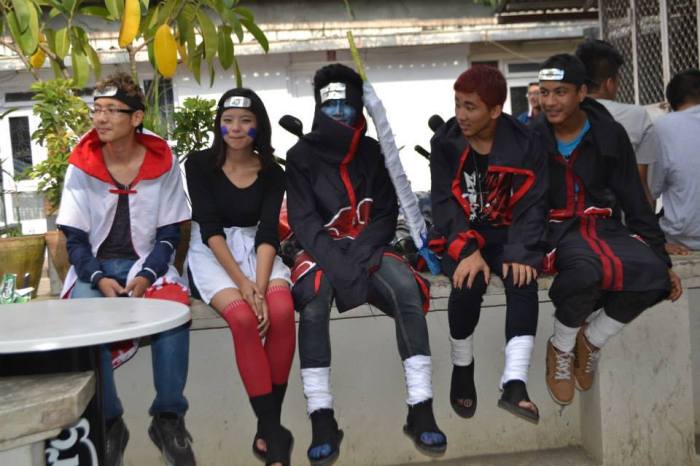

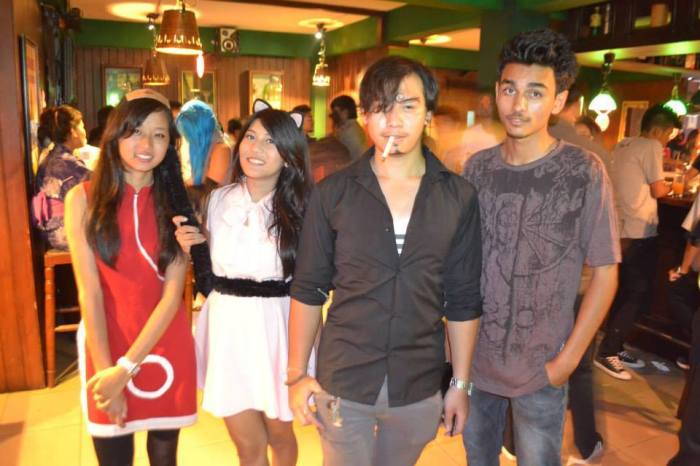
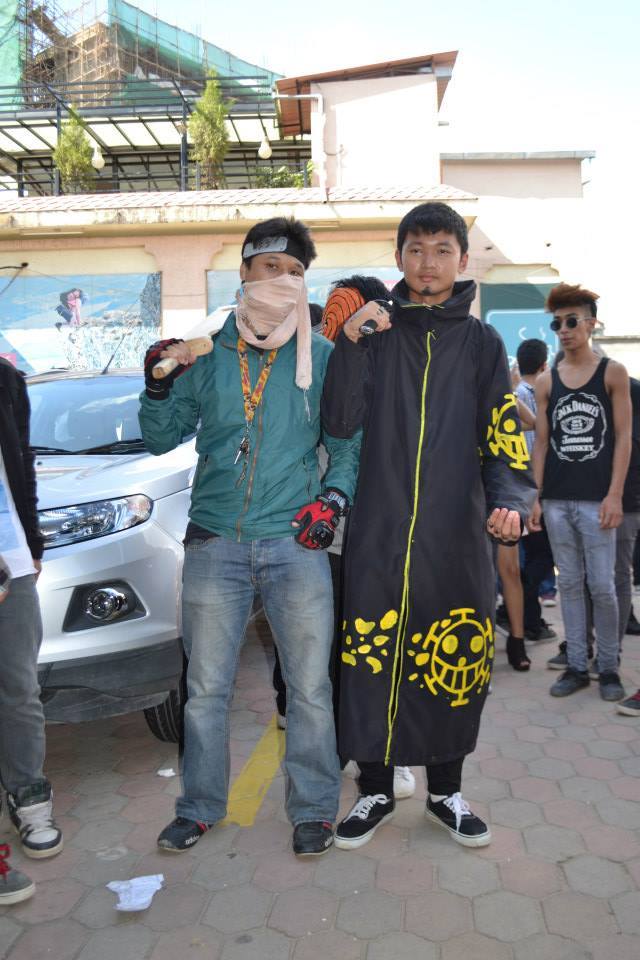
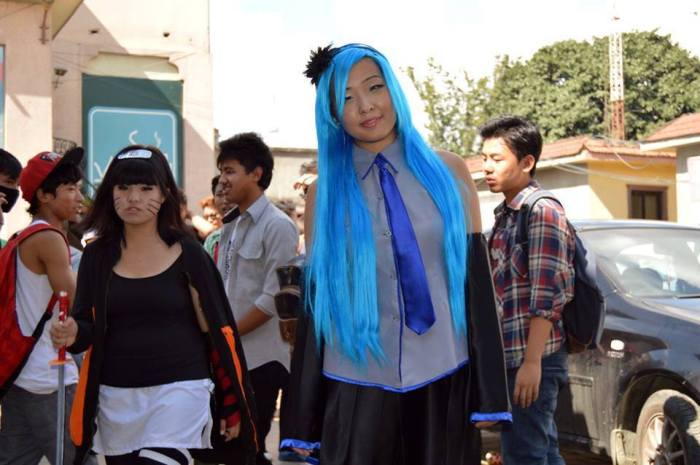
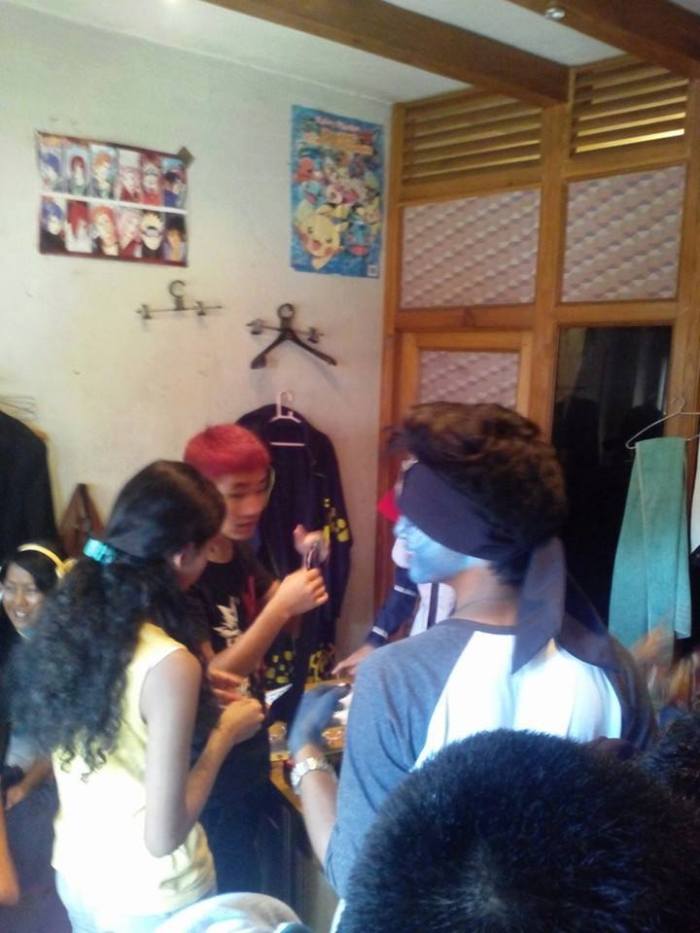
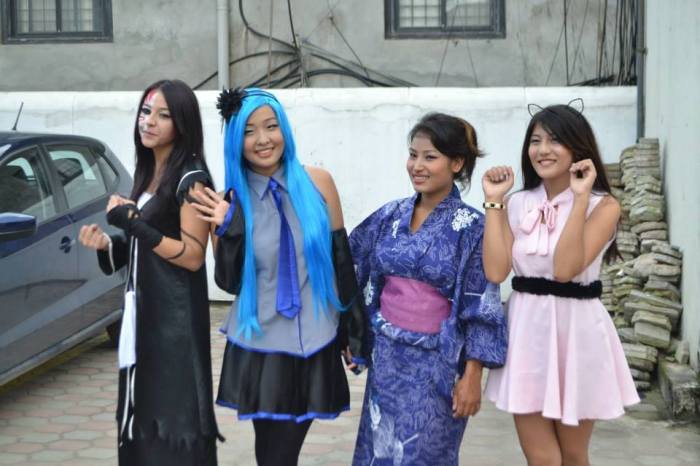
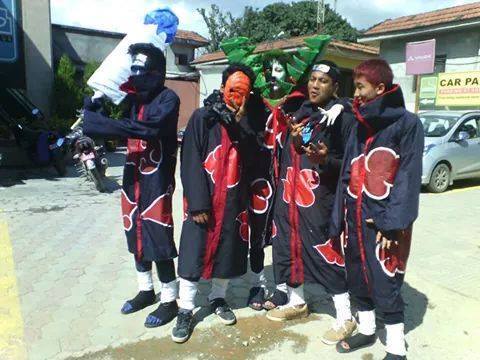
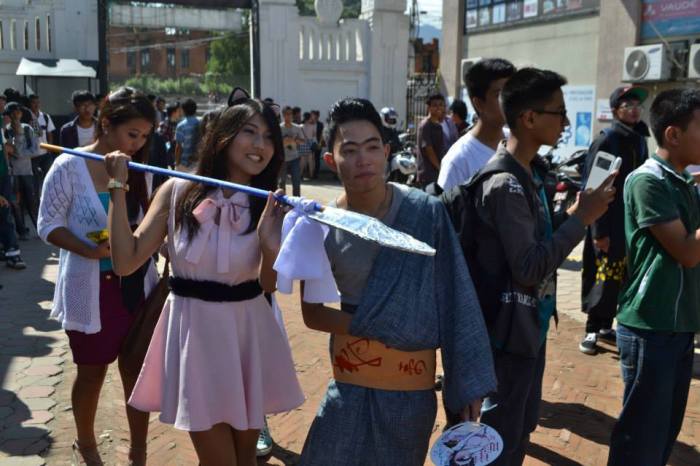

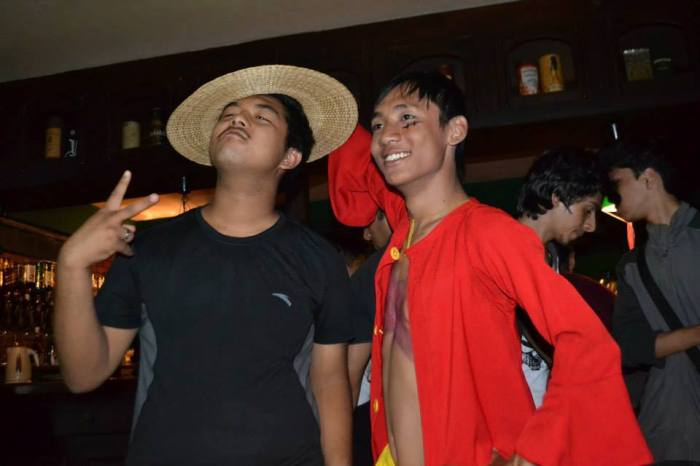
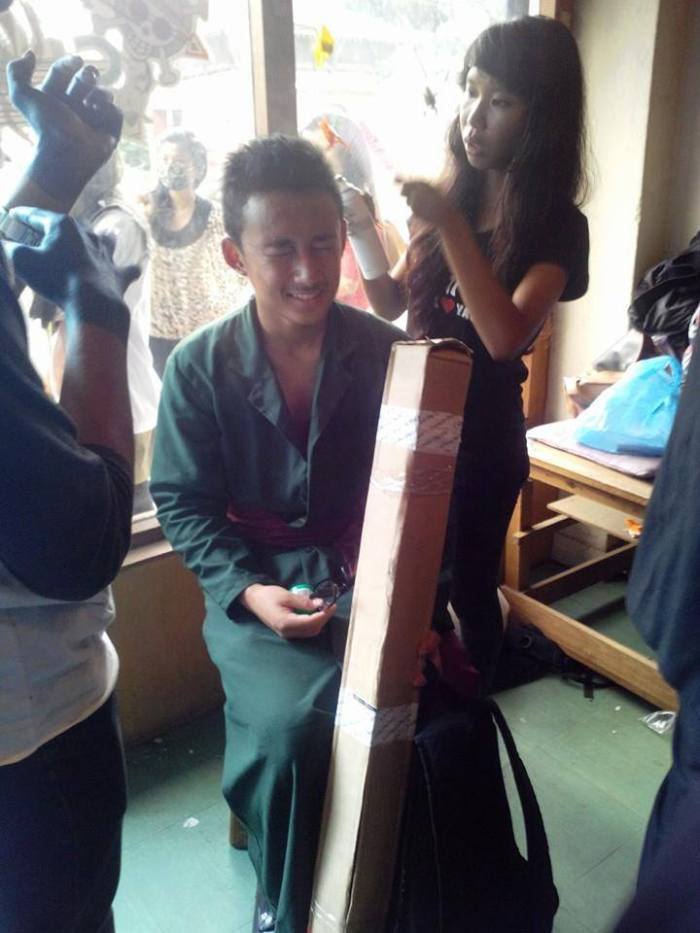
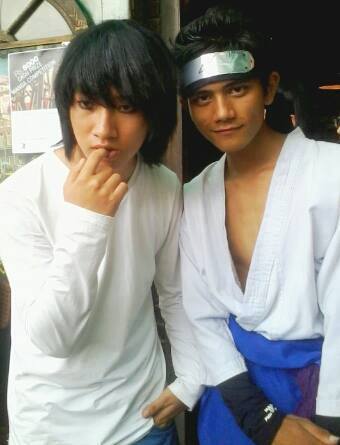


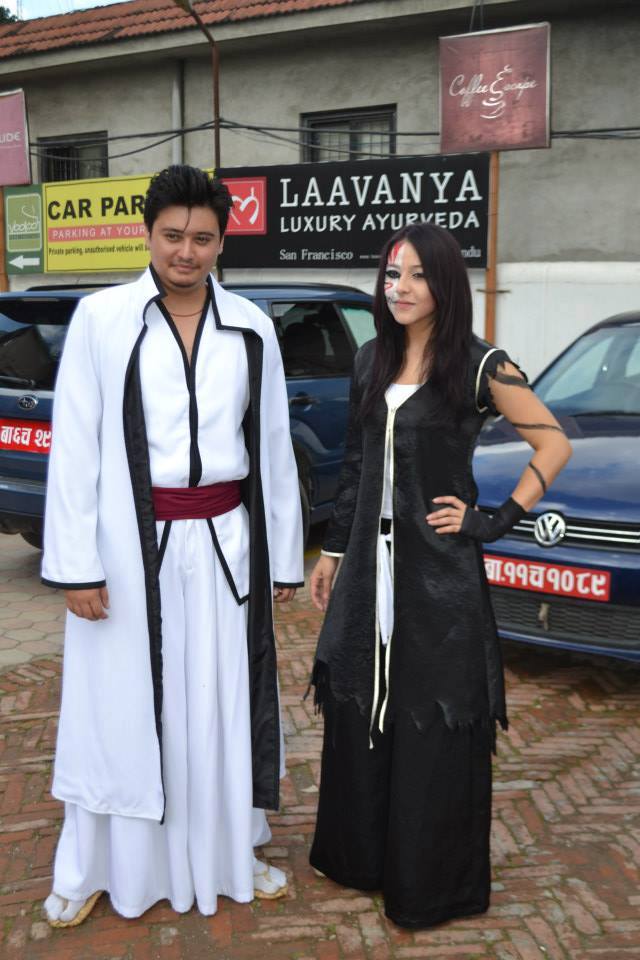
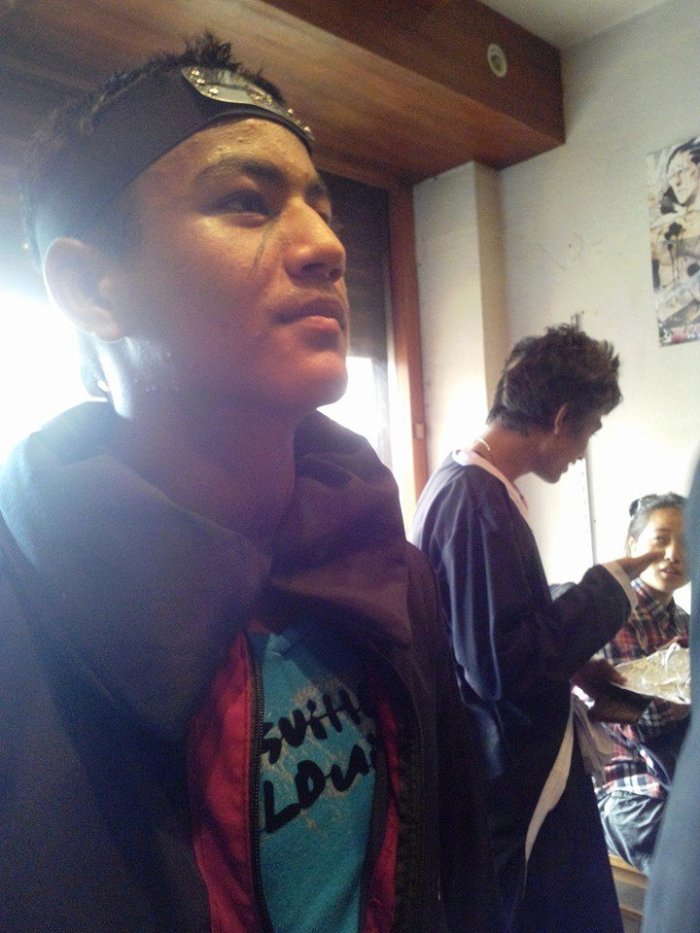
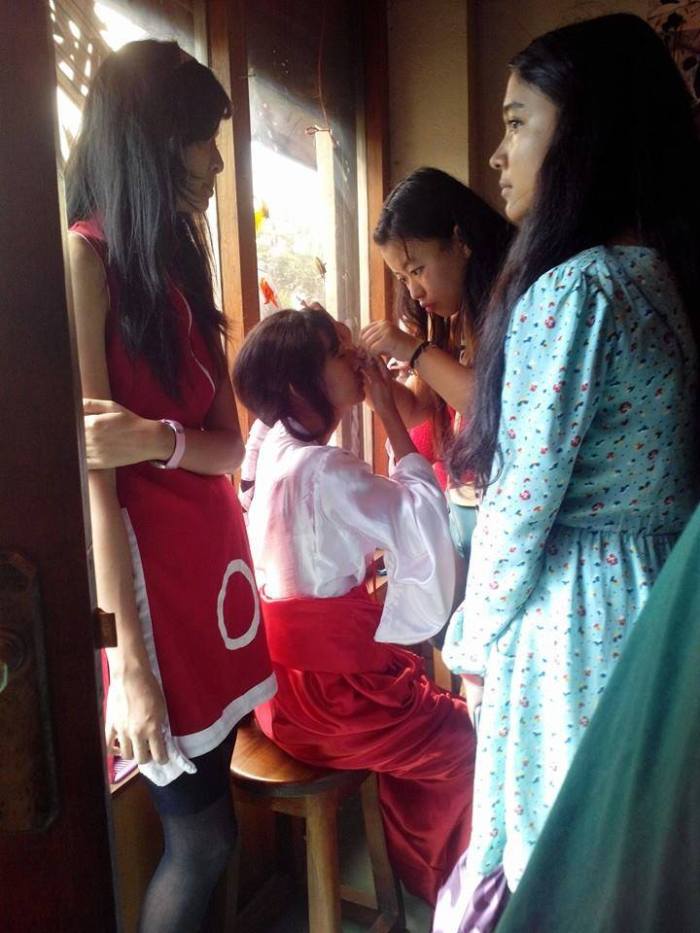
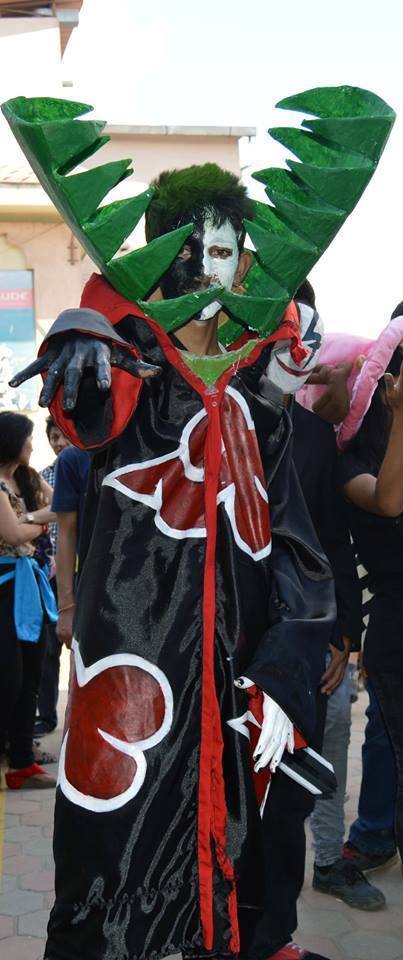

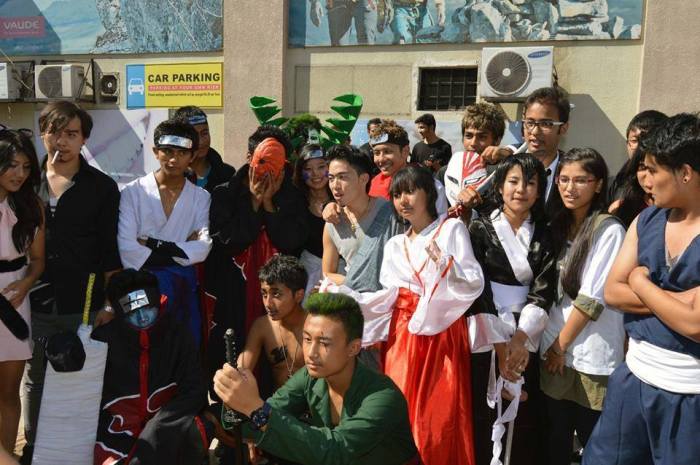
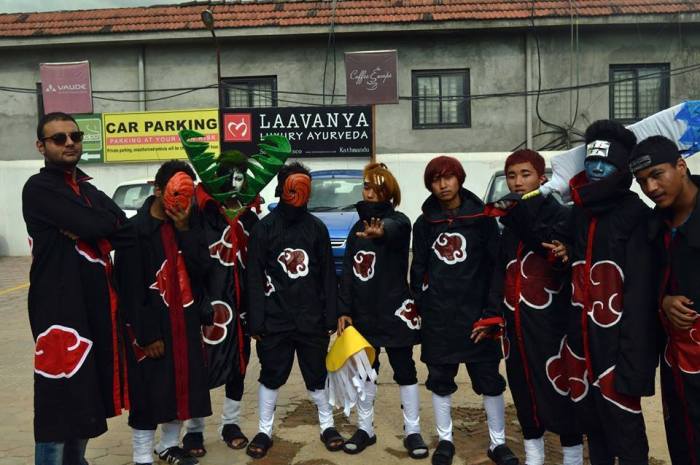

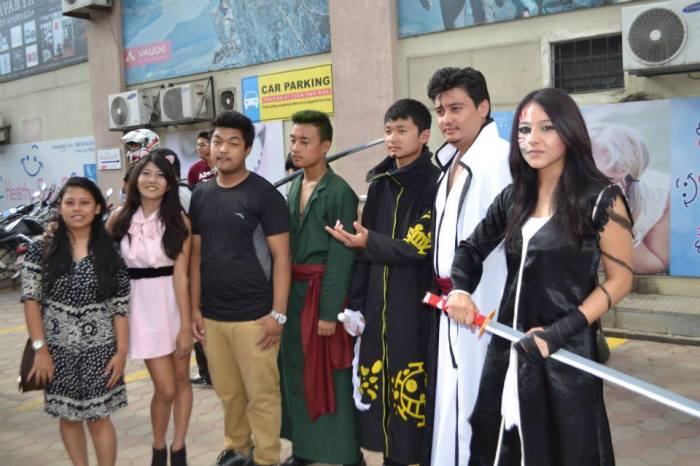
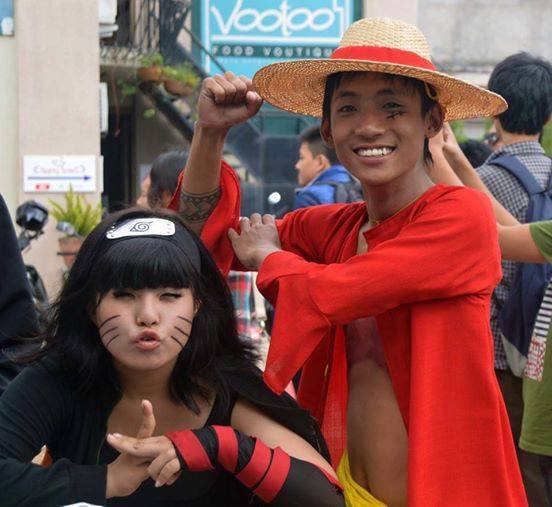

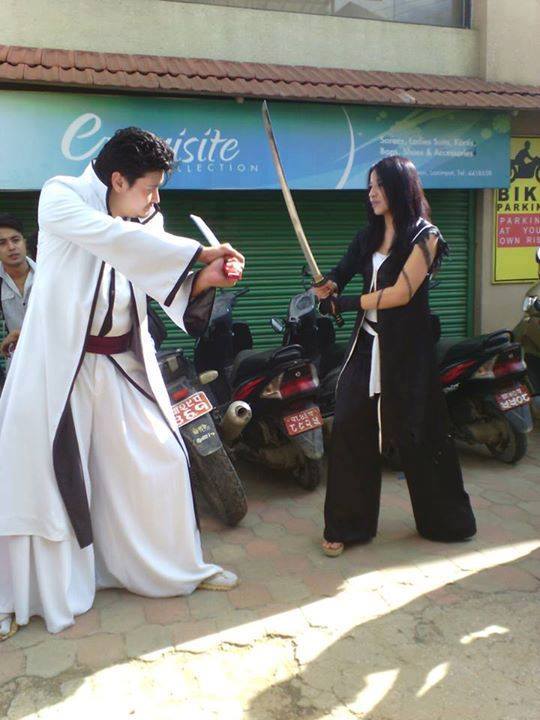
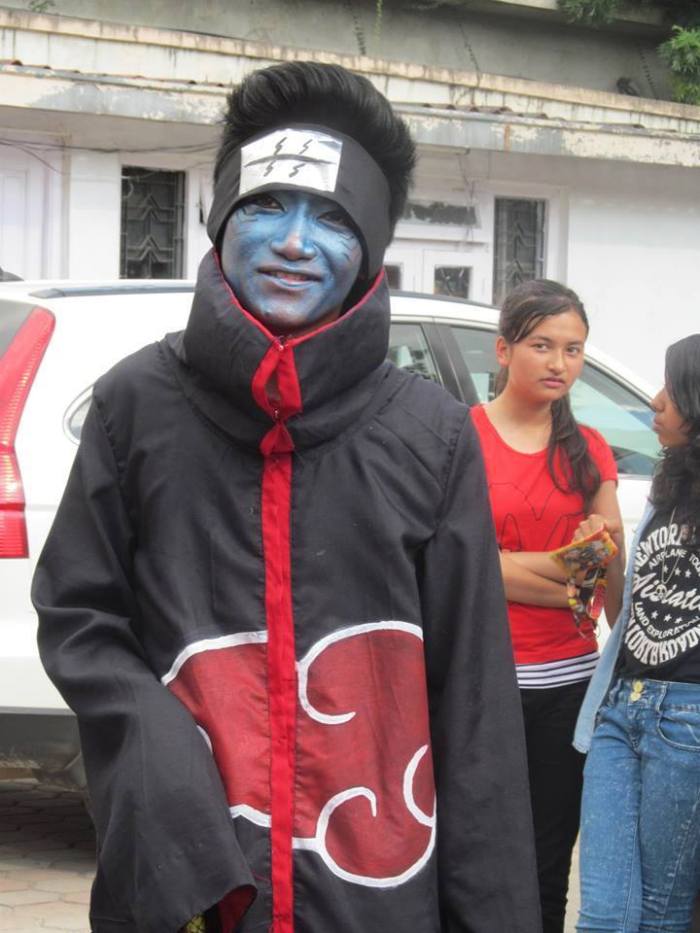
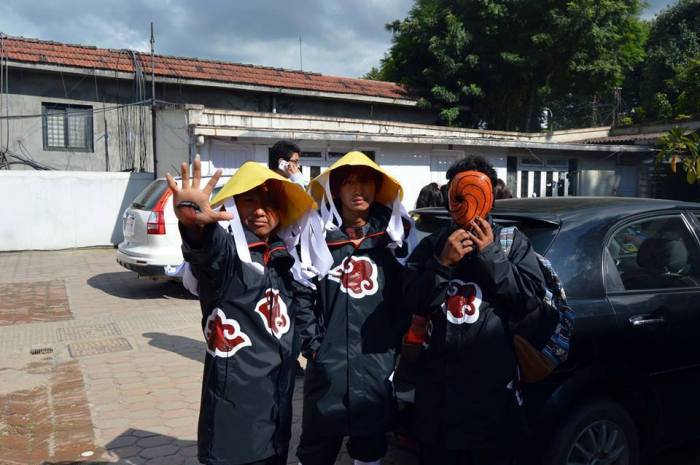


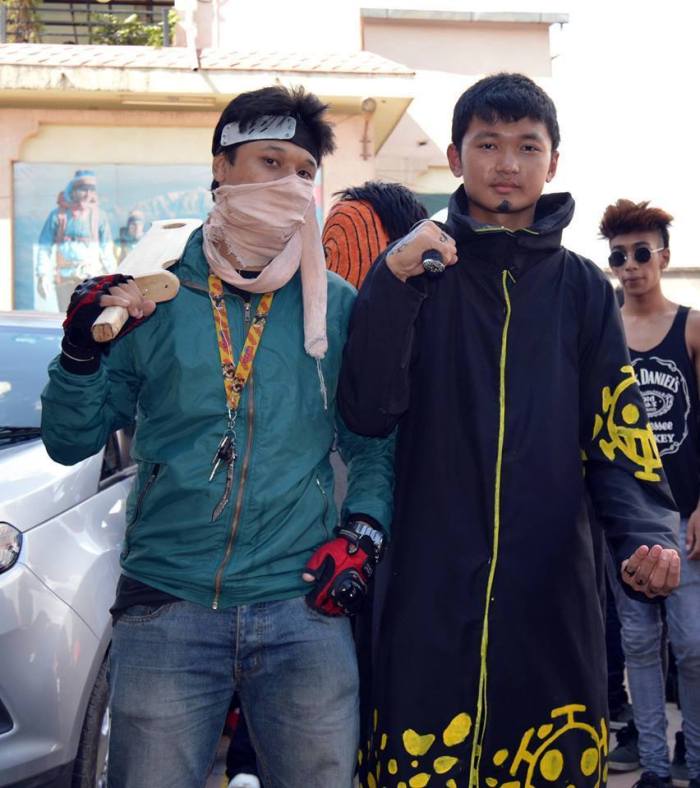
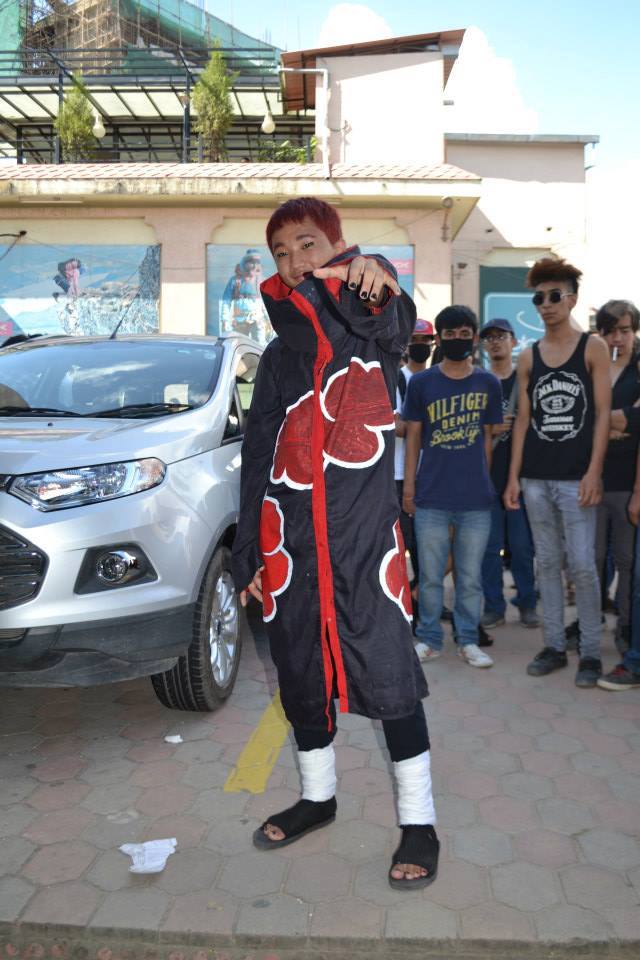
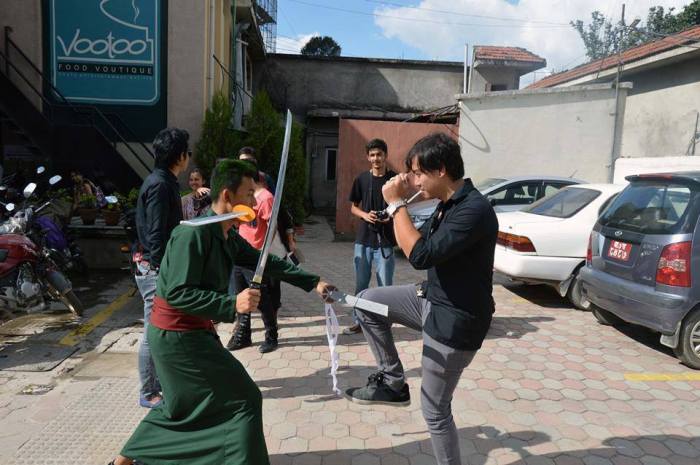
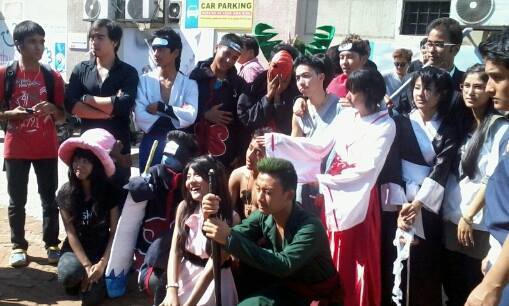
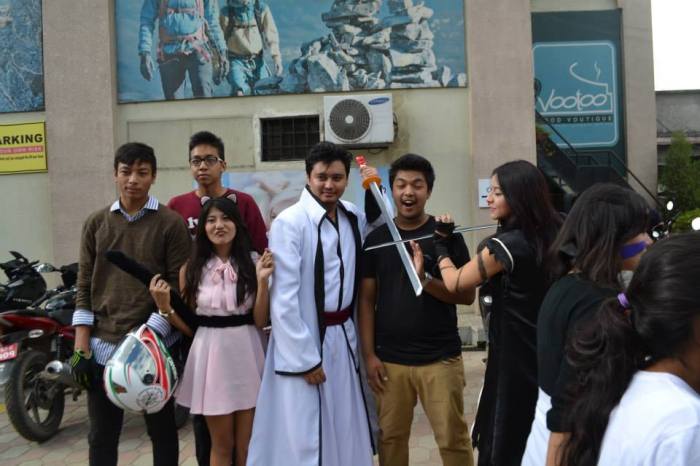
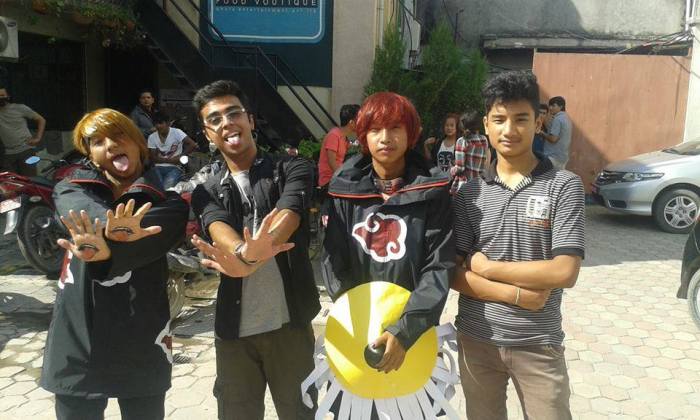
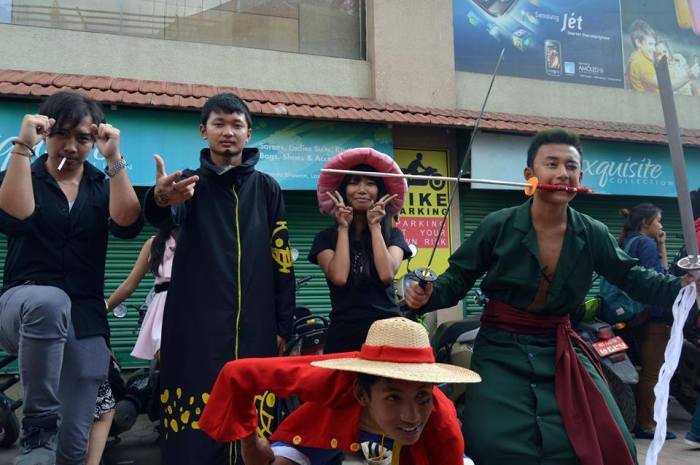

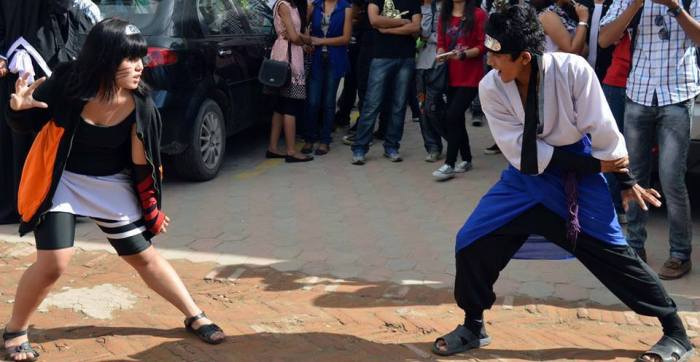
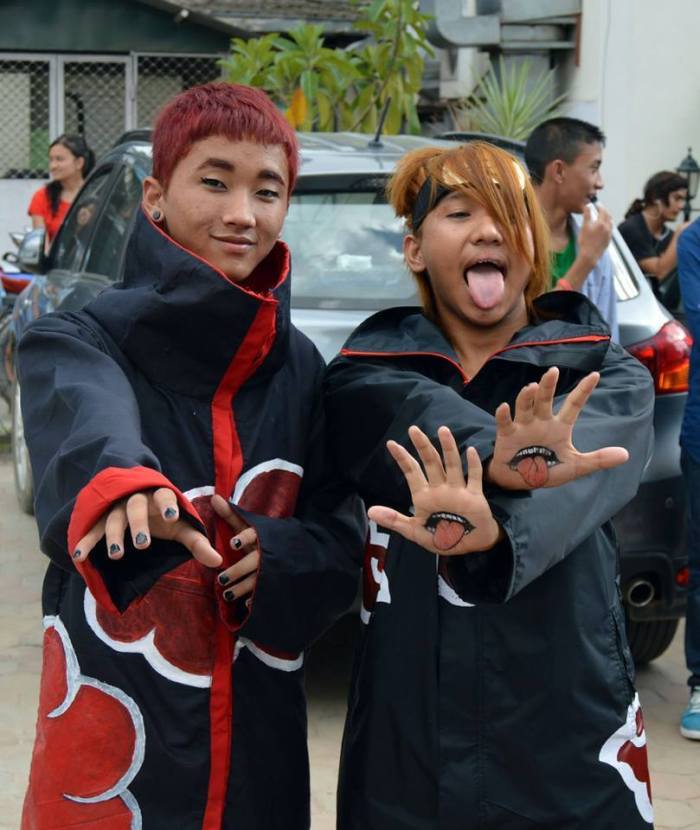



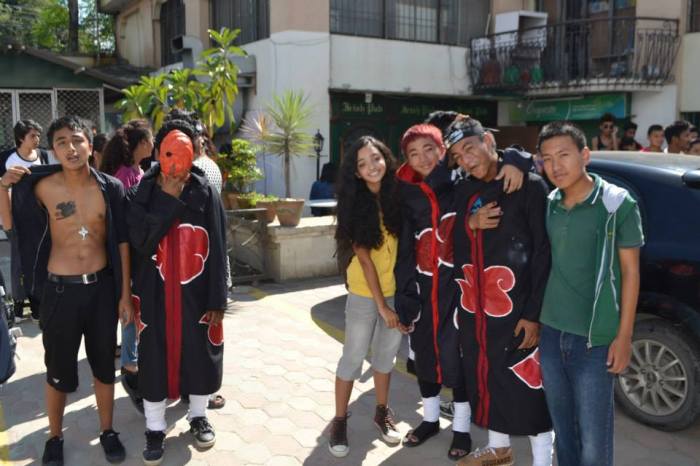

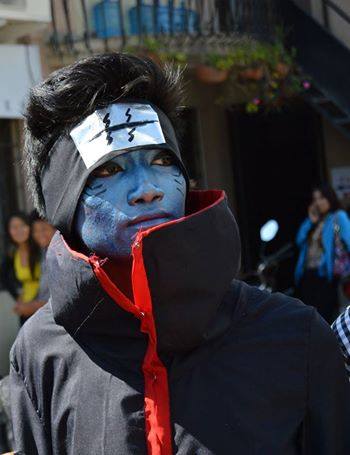
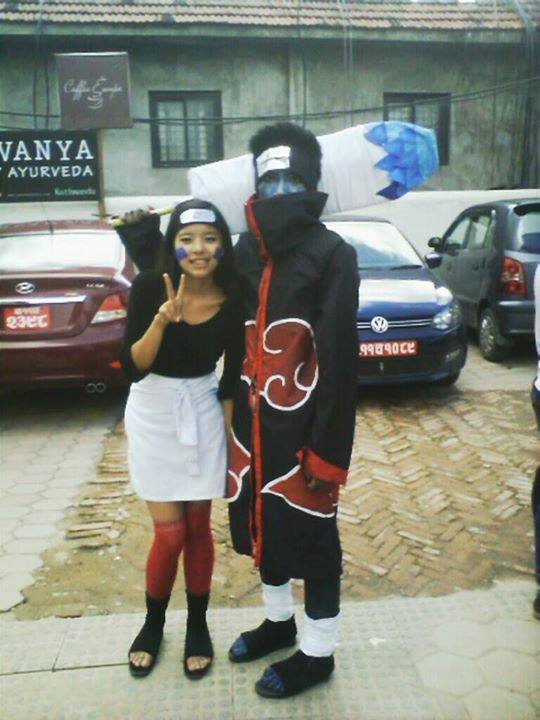


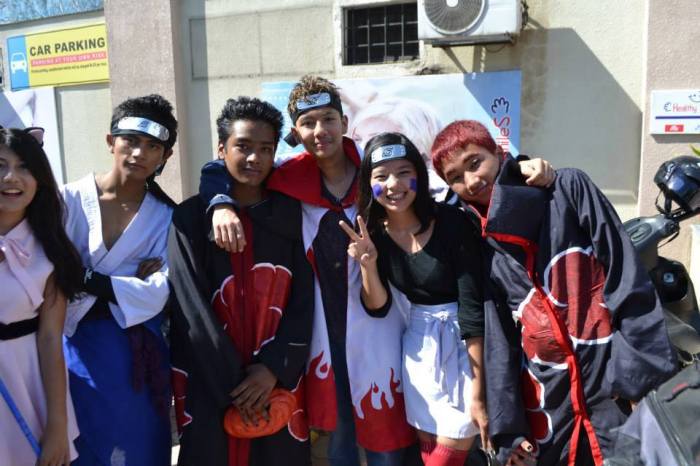

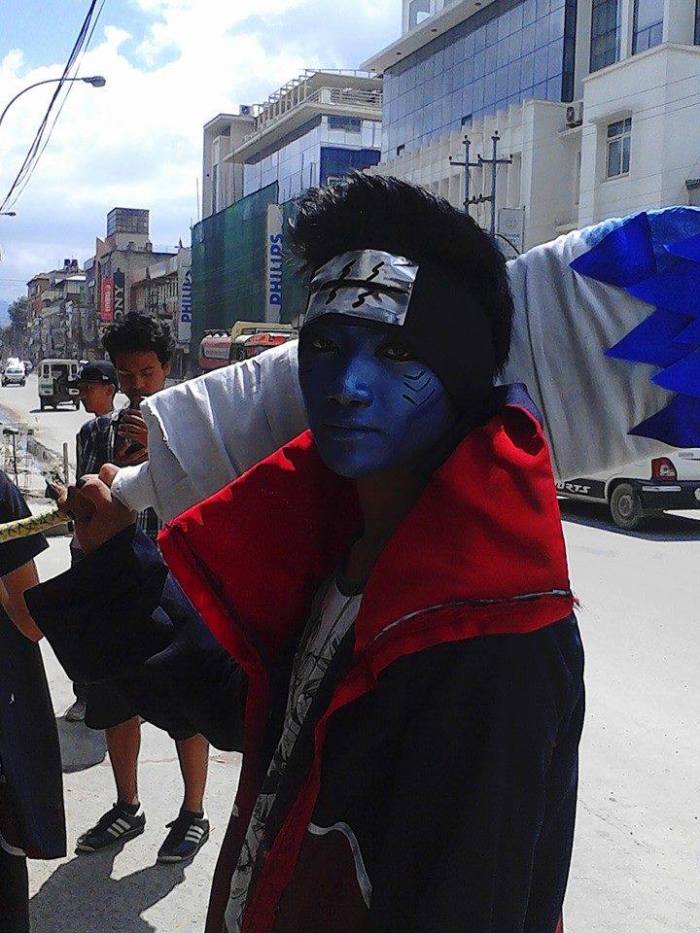
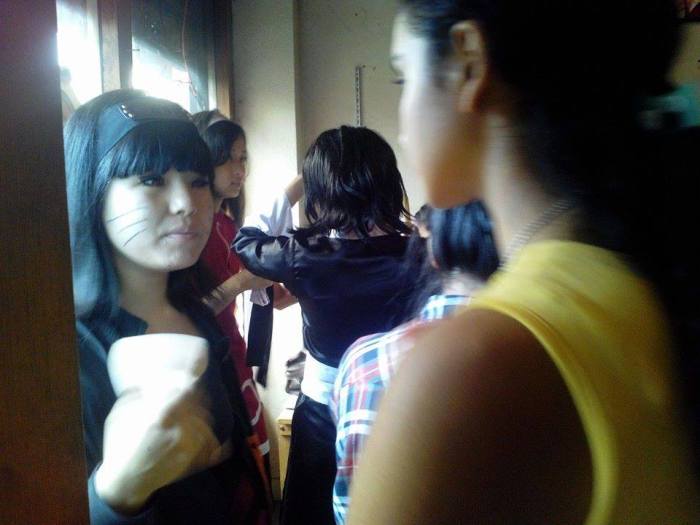

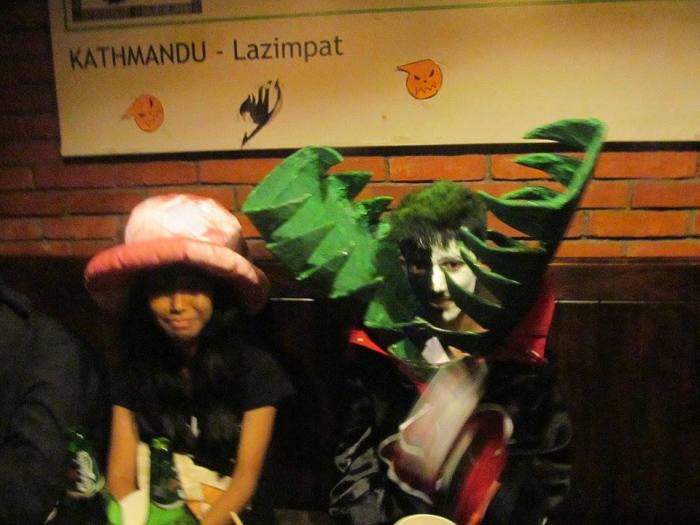
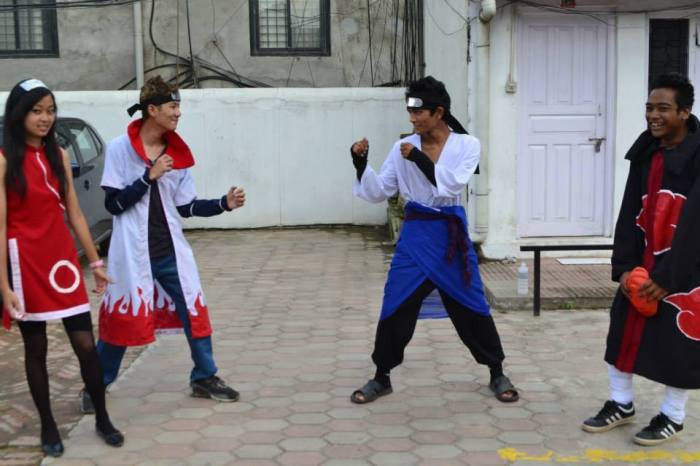
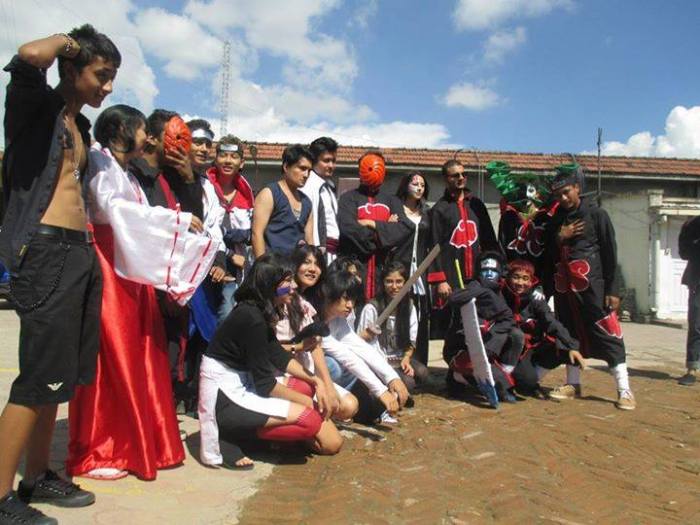
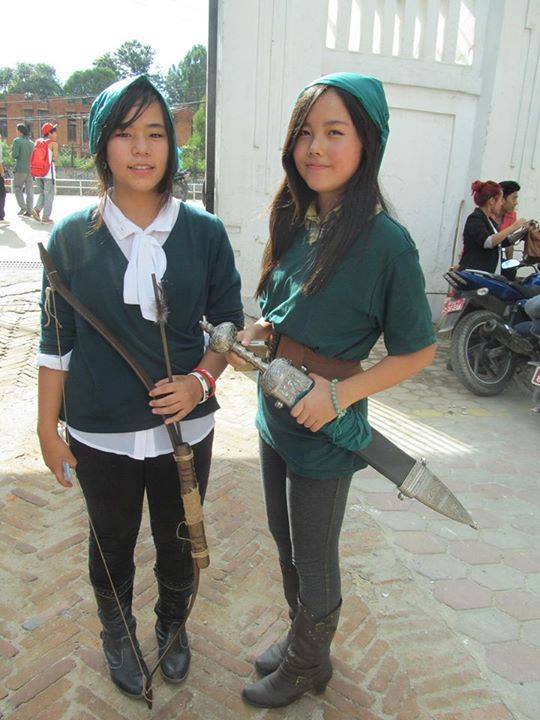
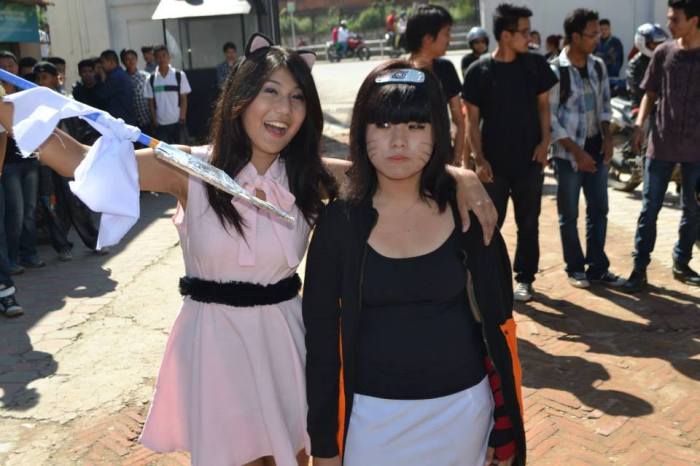
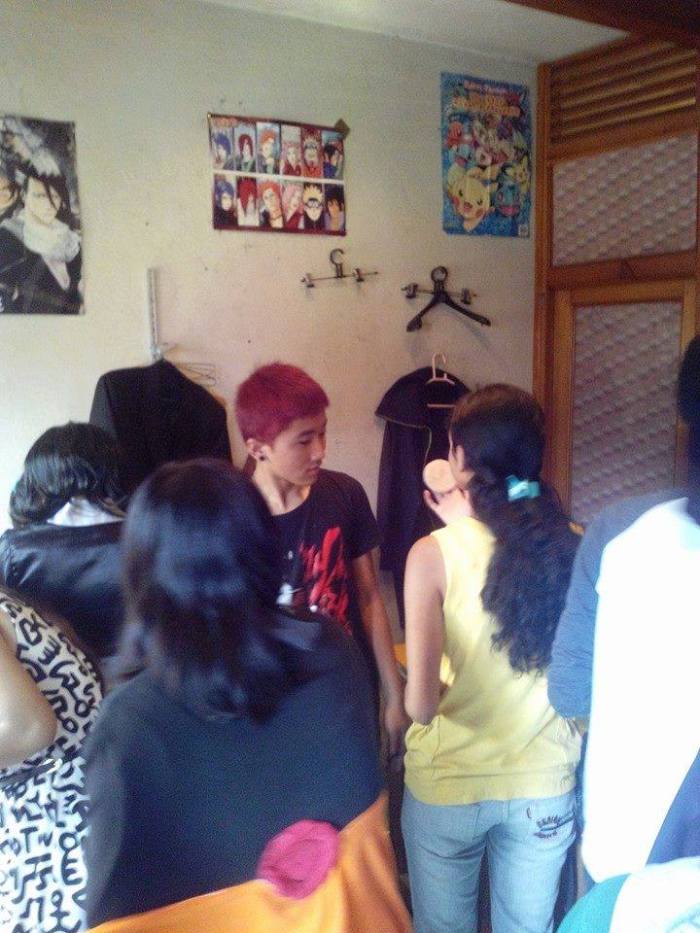
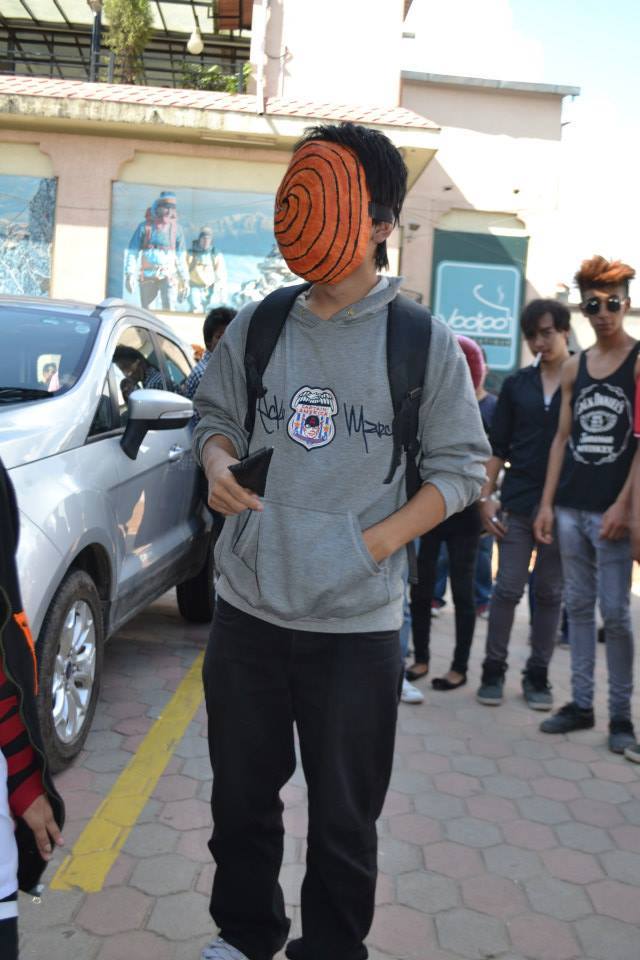
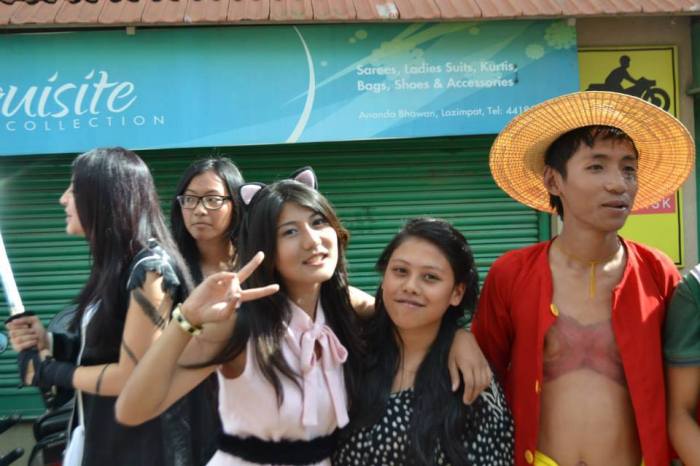
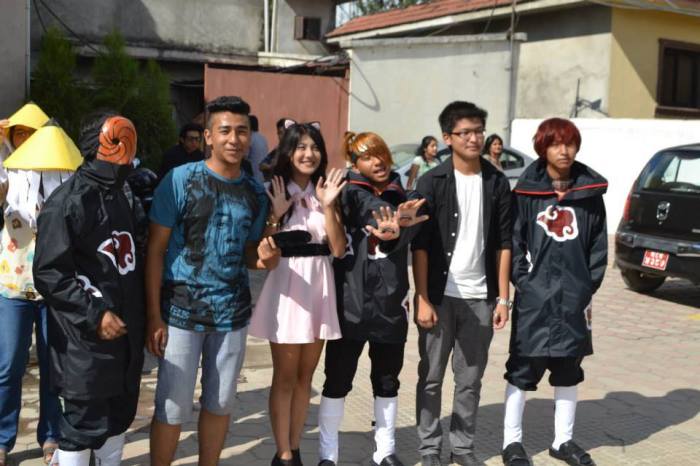
Uncategorized
Otaku Club Nepal
WELCOME TO THE OTAKU CLUB NEPAL !!!
Anime and manga,the great epitome of Japanese creativity has been taking over the world with their great storylines,characters and ability to connect with the audience.This is the reason anime and manga culture has amassed a huge fanbase in the globe and Let’s say,Nepal has been no exception.It’s surprising that Nepal,a third world country and a developing nation has such a huge followers of anime and manga since early 90s and broadcast of popular mainstream animes like Naruto,Onepiece,Bleach and Pokemon in late 90s and early 2000s have played pivotal role to make the fanbase more strong and growing.The internet and rise in digital medias have opened a portal to thousands of anime and mangas easily to the new generation contributing even more to growing fanbase.
Otaku Club Nepal,was founded on the very base to unite all the Nepali anime and manga lovers under the one roof to show the world that yes,we also have strong followers and we aren’t in shadows anymore.The idea which started as a joke and a naïve idea on social media took the shape after the meetings between the founding members Jachun Bomjon,Shyam Shahu Shrestha,Bikal Shrestha and Wataru Shrestha with their zeal to promote the otaku culture.Hence,the club was founded in 2014 and the fanbase in Nepal realized now they have something where they belong and where they can share their interest without any hesitation.Thus,the club went from the idea into real existence.Since the, Otaku Club Nepal has been actively participating,promoting and organizing Cosplay events and many other programs to promote the otaku fandom in Nepal.
Top 5 drawing (female)
Top 5 drawing (male)
Otaku
Otaku (おたく/オタク) is a Japanese term for people with obsessive interests, commonly the anime and manga fandom. Its contemporary usage originated with Akio Nakamori‘s 1983 essay in Manga Burikko.Otaku may be used as a pejorative; its negativity stems from the stereotypical view of otaku and the media’s reporting onTsutomu Miyazaki, “The Otaku Murderer”, in 1989. According to studies published in 2013, the term has become less negative, and an increasing number of people now self-identify as otaku.
Otaku subculture is a central theme of various anime and manga works, documentaries and academic research. The subculture began in the 1980s as changing social mentalities and the nurturing of otaku traits by Japanese schools combined with the resignation of such individuals to become social outcasts. The subculture’s birth coincided with the anime boom, after the release of works like Mobile Suit Gundam before it branched into Comic Market. The definition of otaku subsequently became more complex, and numerous classifications of otaku emerged. In 2005, the Nomura Research Institute divided otaku into twelve groups and estimated the size and market impact of each of these groups. Other institutions have split it further or focus on a single otaku interest. These publications classify distinct groups including anime, manga, camera, automobile, idol and electronics otaku. The economic impact of otaku has been estimated to be as high as ¥2 trillion ($18 billion).
Anime
Anime (Japanese: アニメ, [anime] is Japanese hand-drawn or computer animation. The word is the abbreviated pronunciation of “animation” in Japanese, where this term references all animation without regards to the nation of origin. Outside Japan however, anime is used to refer specifically to animation from Japan or as a Japanese-disseminated animation style often characterized by colorful graphics, vibrant characters and fantastical themes.Arguably, the stylization approach to the meaning may open up the possibility of anime produced in countries other than Japan.For simplicity, many Westerners strictly view anime as an animation product from Japan Some scholars suggest defining anime as specifically or quintessentially Japanese may be related to a new form of orientalism.
The earliest commercial Japanese animation dates to 1917, and production of anime works in Japan has since continued to increase steadily. The characteristic anime art style emerged in the 1960s with the works of Osamu Tezuka and spread internationally in the late twentieth century, developing a large domestic and international audience. Anime is distributed theatrically, by television broadcasts, directly to home media, and over the Internet. It is classified into numerous genres targeting diverse broad and niche audiences.
Anime is a diverse art form with distinctive production methods and techniques that have been adapted over time in response to emergent technologies. It consists of an ideal story-telling mechanism, combining graphic art, characterization, cinematography, and other forms of imaginative and individualistic techniques.The production of anime focuses less on the animation of movement and more on the realism of settings as well as the use of camera effects, including panning, zooming, and angle shots. Being hand-drawn, anime is separated from reality by a crucial gap of fiction that provides an ideal path for escapism that audiences can immerse themselves into with relative ease.Diverse art styles are used and character proportions and features can be quite varied, including characteristically large emotive or realistically sized eyes.
The anime industry consists of over 430 production studios including major names like Studio Ghibli, Gainax, and Toei Animation. Despite comprising only a fraction of Japan’s domestic film market, anime makes up a majority of Japanese DVD sales. It has also seen international success after the rise of English-dubbed programming. This rise in international popularly has resulted in non-Japanese productions using the anime art style, but these works are usually described as anime-influenced animation rather than anime proper.
Definition and usage
Anime is an art form, specifically animation, that includes all genres found in cinema, but it can be mistakenly classified as a genre. In Japanese, the term anime refers to all forms of animation from around the world. In English, anime is more restrictively used to denote a “Japanese-style animated film or television entertainment” or as “a style of animation created in Japan”.
The etymology of the word anime is disputed. The English term “animation” is written in Japanese katakana as アニメーション (animēshon, pronounced [animeːɕoɴ]) and is アニメ (anime) in its shortened form.Some sources claim that animederives from the French term for animation dessin animé,mbut others believe this to be a myth derived from the French popularity of the medium in the late 1970s and 1980s.In English, anime—when used as a common noun—normally functions as a mass noun. (For example: “Do you watch anime?” or “How much anime have you collected?”)Prior to the widespread use of anime, the term Japanimation was prevalent throughout the 1970s and 1980s. In the mid-1980s, the term anime began to supplant Japanimation. In general, the term now only appears in period works where it is used to distinguish and identify Japanese animation.
In 1987, Hayao Miyazaki stated that he despised the truncated word anime because to him it represented the desolation of the Japanese animation industry. He equated the desolation with animators lacking motivation and mass-produced, overly expressive products which rely on fixed iconography for facial expressions and protracted and exaggerated action scenes but lack depth and sophistication because they do not attempt to convey emotion or thought.
Otaku Club Nepal
Welcome to the Otaku Club Nepal
“The first official ever Otaku Club in Nepal to unite all the anime and manga lovers !! ”

